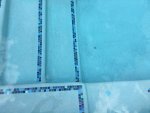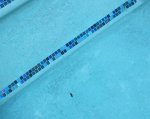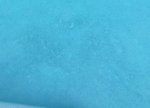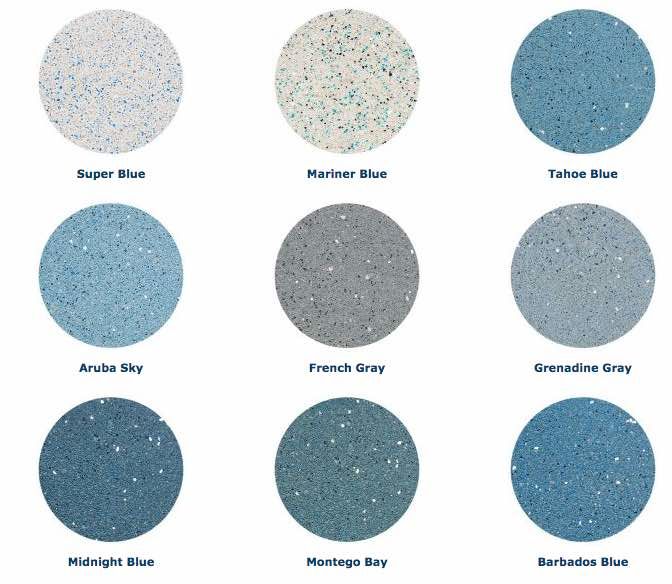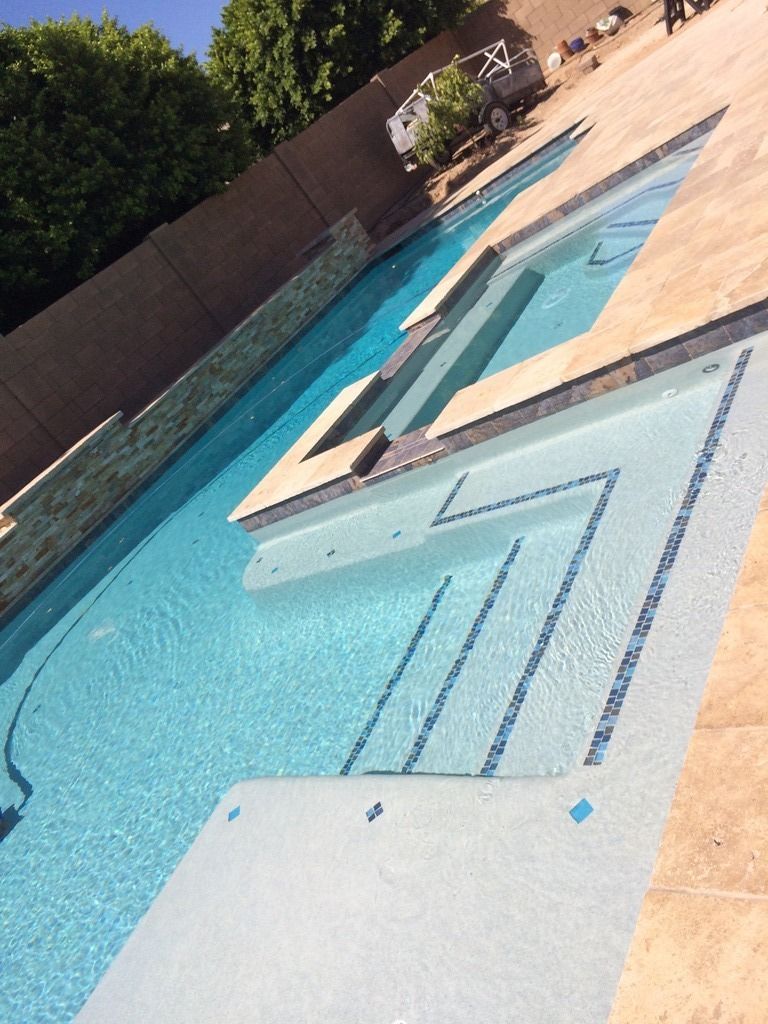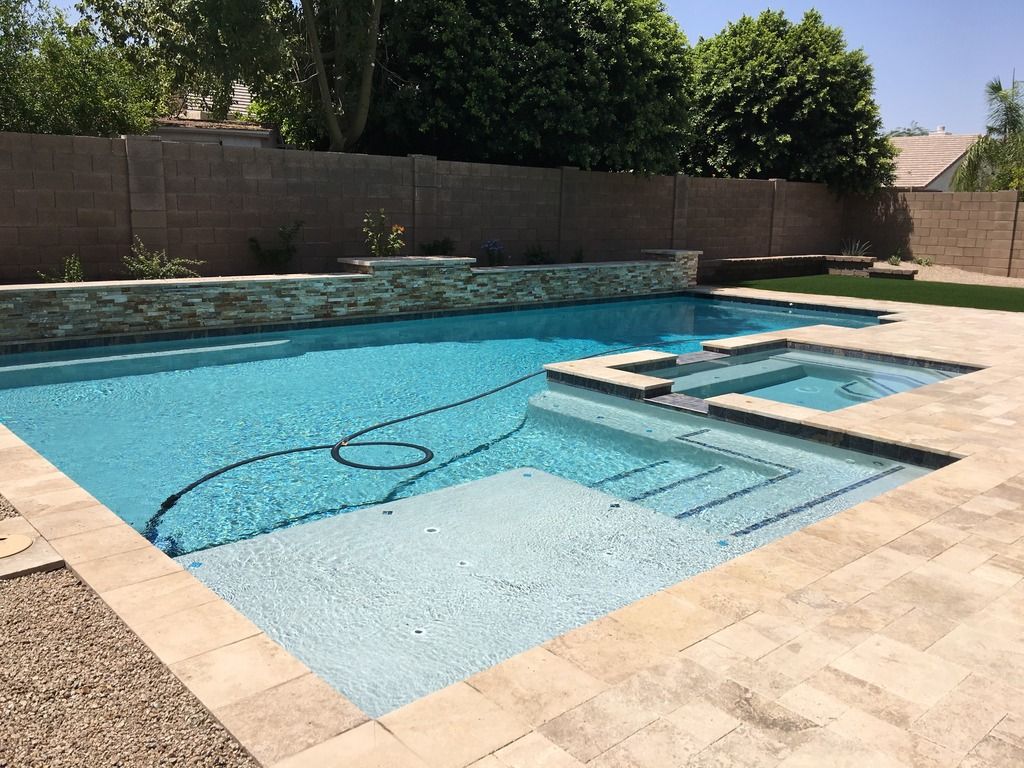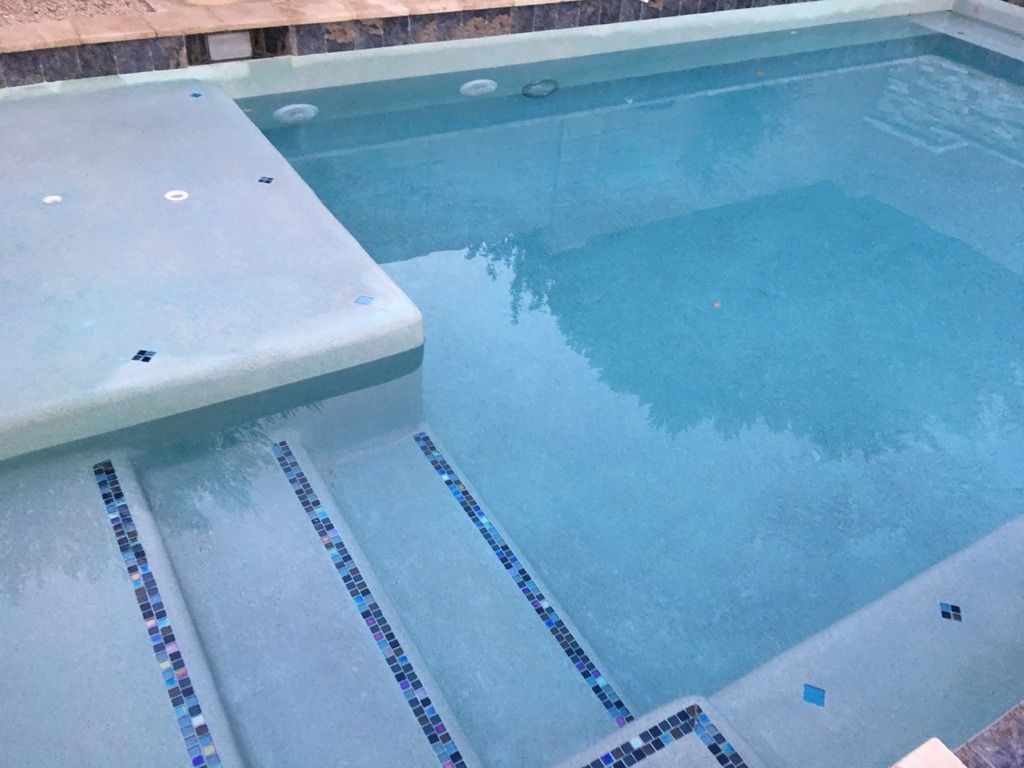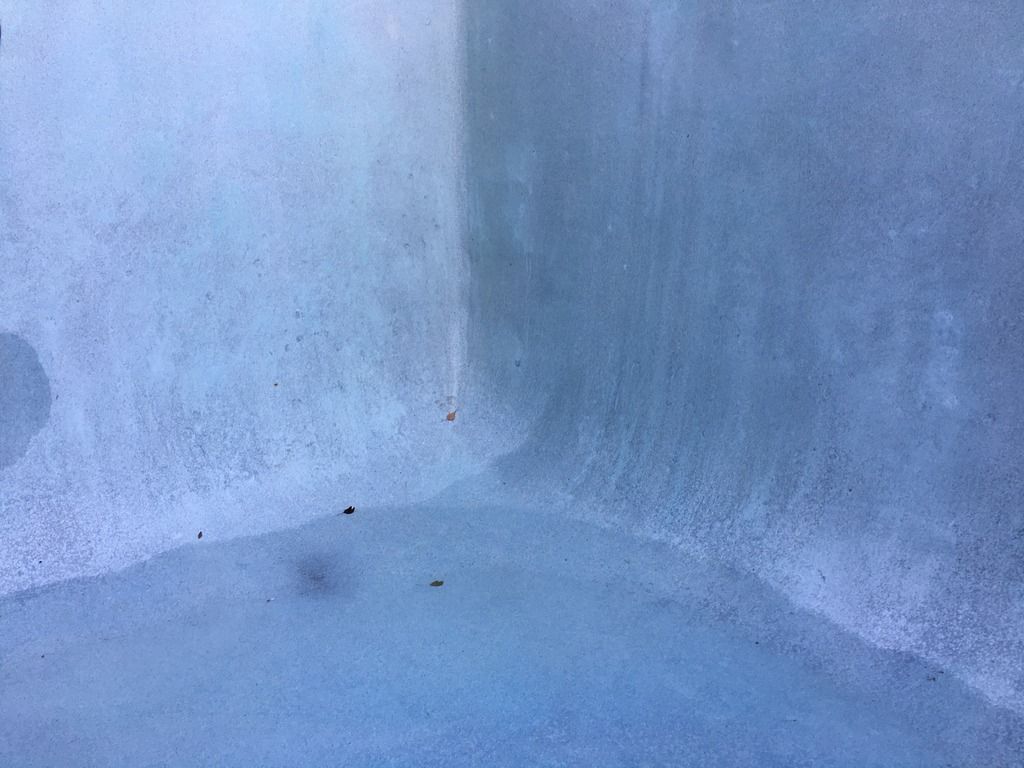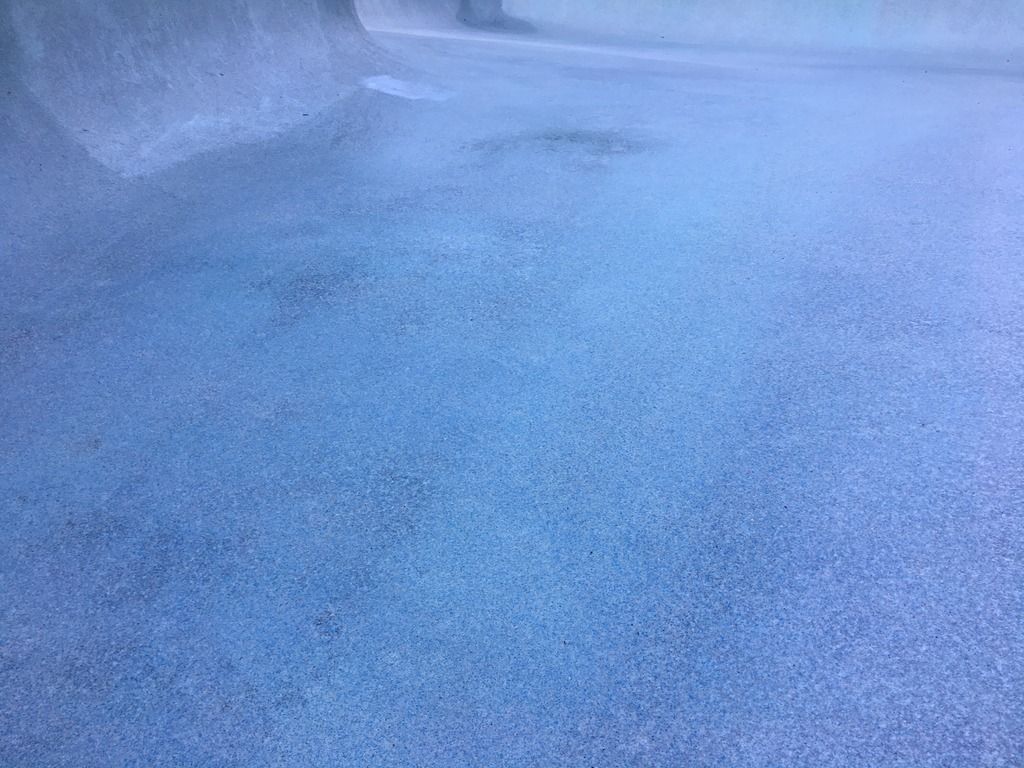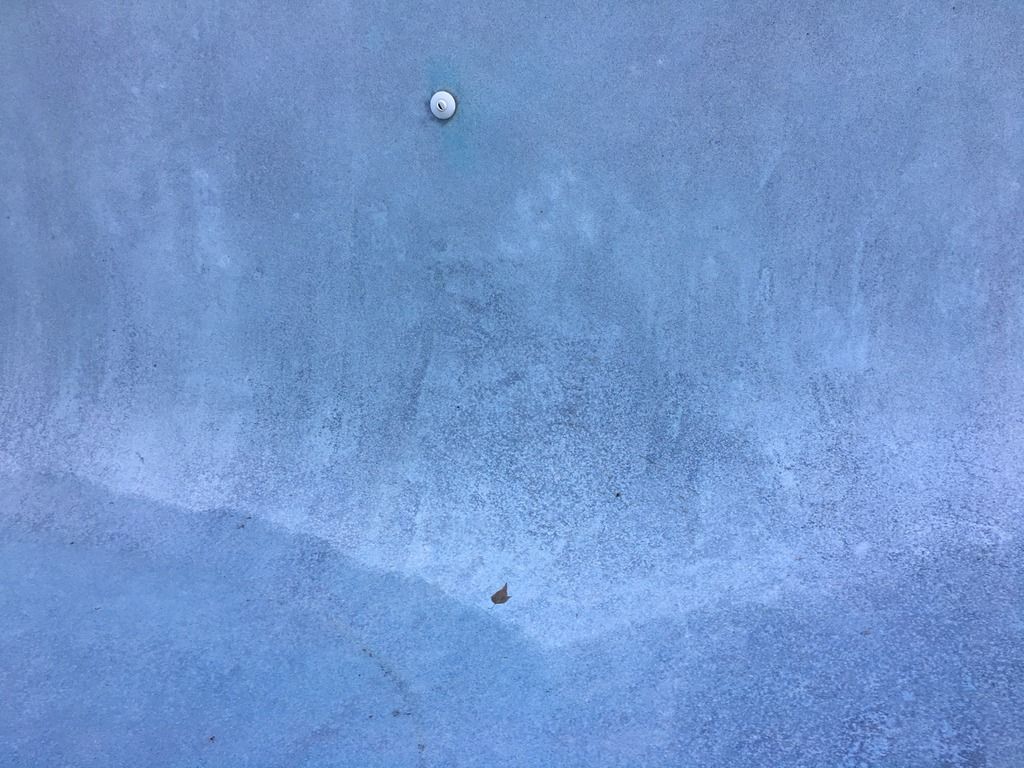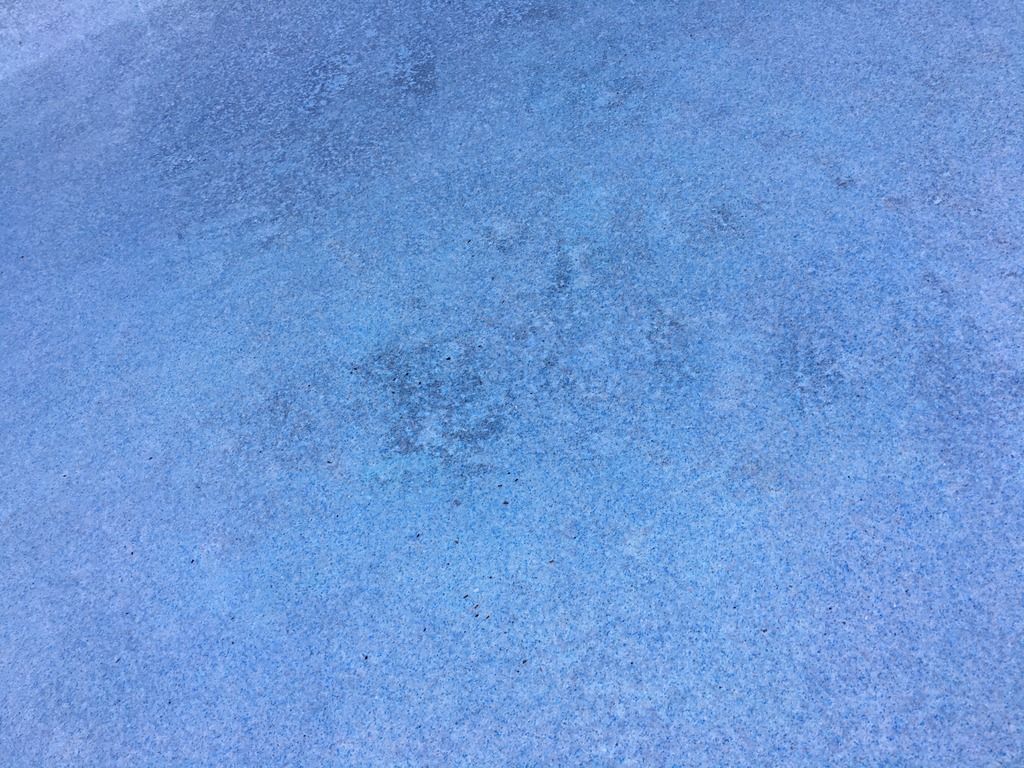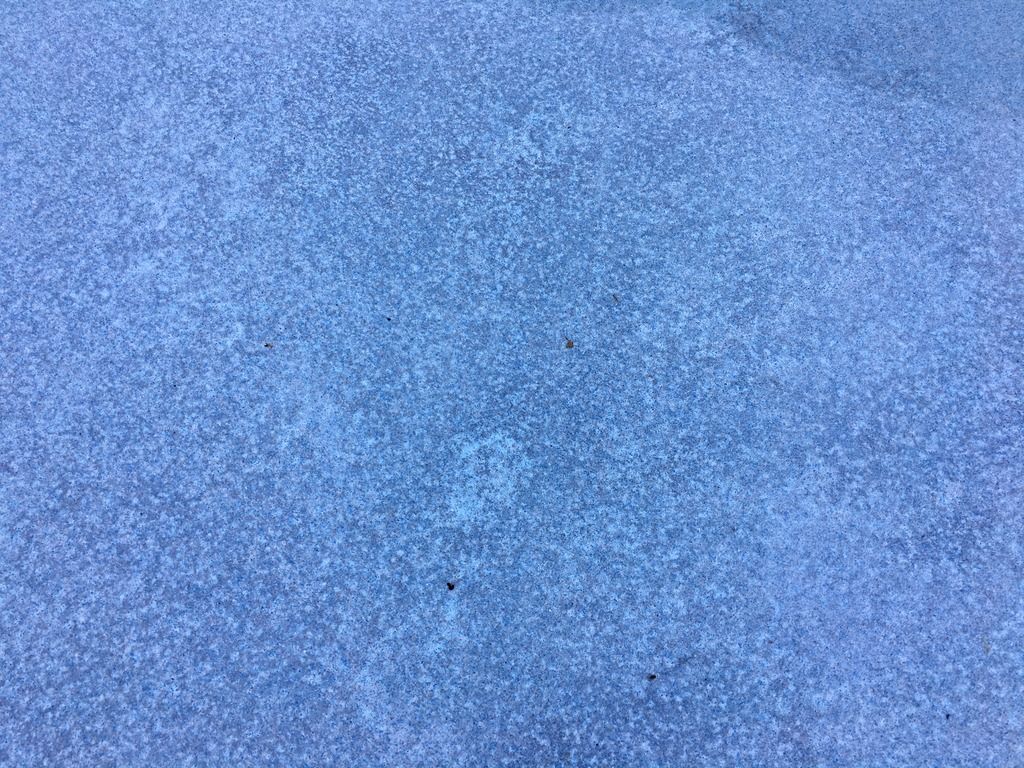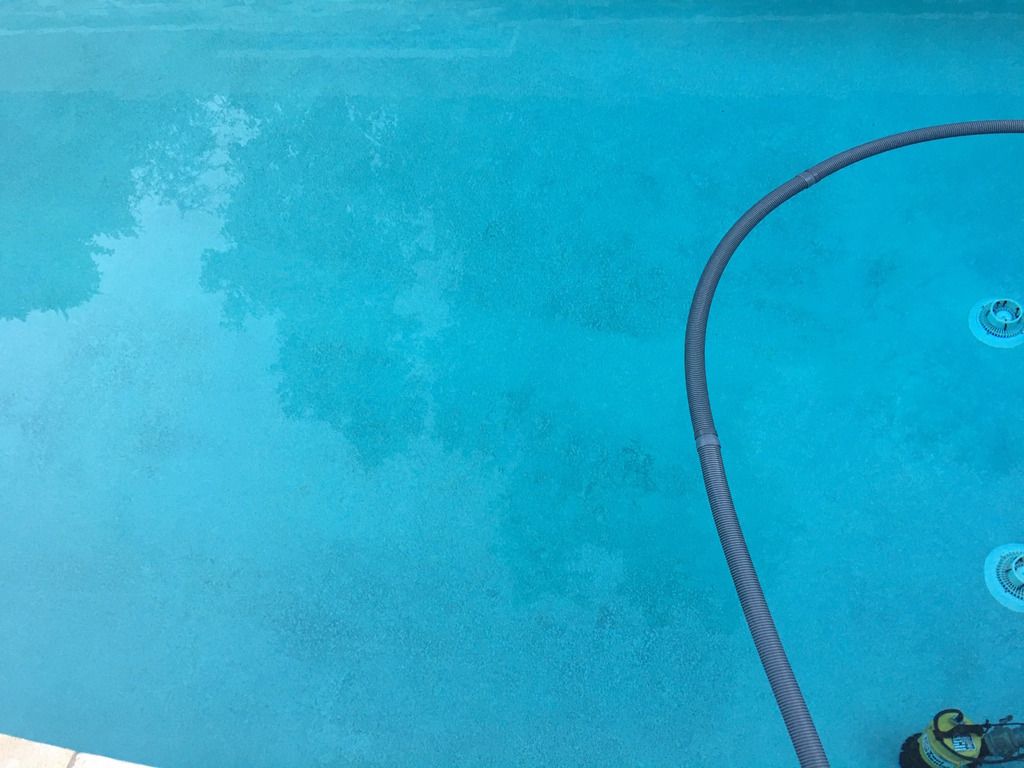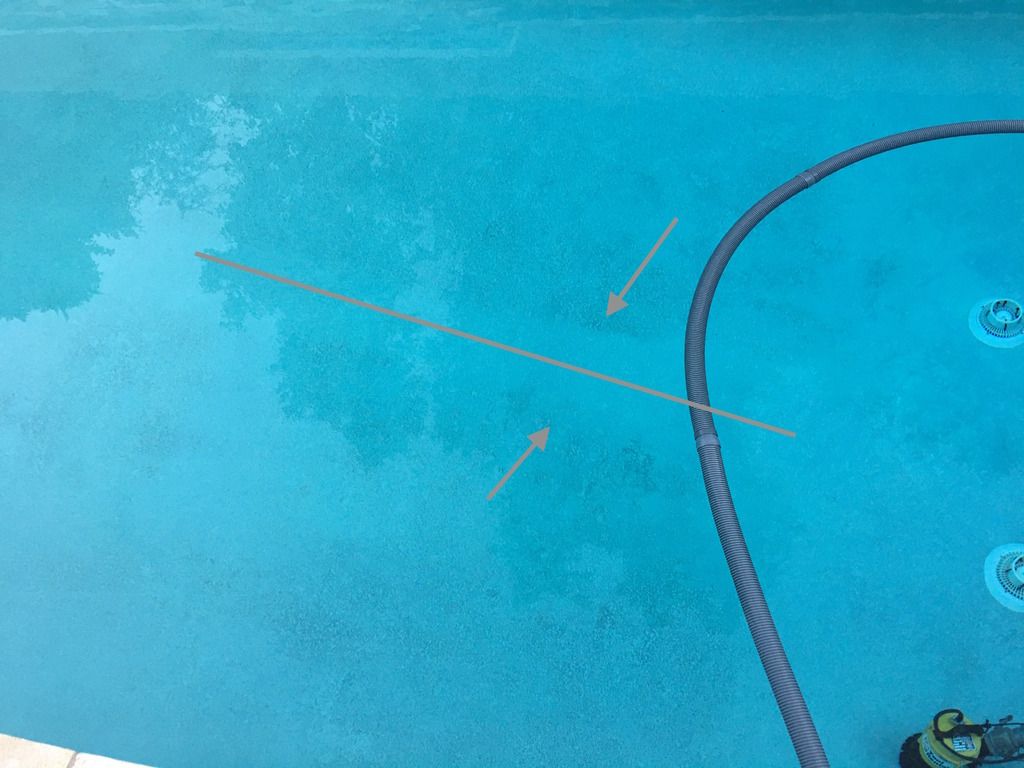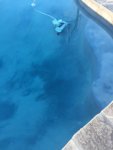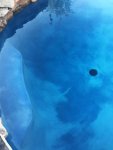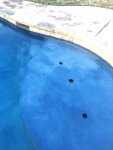For all you pool experts that like a challenging puzzle
Last summer (2016) our pool was a little over a year old when the plaster quartz (QuartzScapes) started getting dark gray discoloration/staining/mottling. Our water was crystal clear and our chemicals were perfect (BBB & Taylor test kit) except the calcium kept rising which we assumed was from the new plaster.
The pool was plastered spring 2015 and the temp was 105 degrees F. They did not tent the pool or run misters to cool down the plaster. I have read that plaster contractors sometimes add extra calcium to speed up the hardening but should only do it when it is cold out.
Here's the real mystery:
The gray mottling was everywhere except:
- the Baja shelf was completely clear of any mottling and looked perfect.
- And there was a path or strip about 18" wide down the middle of the pool from the shallow end to the deep end that was completely free of the staining/discoloration.
Also, the mottling or staining was much worse in the spa than anywhere else in the pool.
We tried every test we could find for staining:
-Black algae or other organic cause, negative.
-Metals, negative
-Scale, negative
-Marks from black pool vacuum wheels, negative
We finally decided it was a bad case of plaster mottling and contacted the plaster contractor. I was ready for a big battle, but their customer service has been great. They agreed it was not our chemicals. They also did not know why the calcium levels kept going up. They couldn't figure out what was causing the mottling but agreed to drain the pool, and sand/polish the entire surface. We were happy they wanted to do that rather than an acid wash which I felt would make it worse. They did insist after sanding it to do a VERY light acid wash to rinse away the powder from sanding.
After the sanding, the pool plaster looks great. We could still see the strip down the middle where had been clear of any mottling as it was now slightly bluer, like it had more blue quartz in it but it isn't too noticeable so we were okay with it.
My concern with their approach is that they are not finding the root cause of the problem. Sanding only removes the discoloration, but without knowing what caused it in the first place, there's no way to know if it will happen again or how to prevent it.
Then the HUGE AH Ha moment came. When they started refilling the pool, they put the hose over the side of the pool at the shallow end, and the water ran from the shallow end straight down the middle of the pool to the deep end in the EXACT same path or strip of pool floor where there had been NO mottling, and it was the exact same ~18" wide path. We moved the hose around a bit and no matter where the hose was, the water gravitated to that exact path so it is obviously slightly dipped down the center causing the water to follow that path every time. So that strip of plaster had much colder water running down it for hours when they first filled the pool after the original plaster job.
Our second ah ha moment came when we remembered that when they originally filled the pool after plastering, they put one of the the hoses on the baja shelf, so the Baja shelf also had much colder water constantly running over it for many hours and the Baja shelf also had NO mottling/discoloring.
Our third ah ha moment came when my spouse remembered that the spa was filled last so its plaster was in the hot blazing sun for the longest of anywhere in the pool, and the spa had the worse mottling of the whole pool.
So we are surmising that the cold hose water (our tap water runs cold even in the summer unlike some other AZ areas) on the Baja shelf and the strip down the middle of the pool kept plaster cooler for several hours causing the plaster to cure a little slower in those areas than the rest of the pool plaster.
So knowing what we know, what does it all mean for the future of our plaster? Does this mean the plaster was allowed to cure too fast in the heat and they should have tented/shaded the plaster and/or used misters to lower the temperatures? I know it got hot very fast that spring-- we had been having a cool spring, just 15 days earlier the high had been in the 70s. And what's causing the calcium to rise? Is it leaching out causing the mottling? After they filled the pool after sanding it, the calcium was 300 and now a week later it is up to 400.
Please help me with this mystery.
Last summer (2016) our pool was a little over a year old when the plaster quartz (QuartzScapes) started getting dark gray discoloration/staining/mottling. Our water was crystal clear and our chemicals were perfect (BBB & Taylor test kit) except the calcium kept rising which we assumed was from the new plaster.
The pool was plastered spring 2015 and the temp was 105 degrees F. They did not tent the pool or run misters to cool down the plaster. I have read that plaster contractors sometimes add extra calcium to speed up the hardening but should only do it when it is cold out.
Here's the real mystery:
The gray mottling was everywhere except:
- the Baja shelf was completely clear of any mottling and looked perfect.
- And there was a path or strip about 18" wide down the middle of the pool from the shallow end to the deep end that was completely free of the staining/discoloration.
Also, the mottling or staining was much worse in the spa than anywhere else in the pool.
We tried every test we could find for staining:
-Black algae or other organic cause, negative.
-Metals, negative
-Scale, negative
-Marks from black pool vacuum wheels, negative
We finally decided it was a bad case of plaster mottling and contacted the plaster contractor. I was ready for a big battle, but their customer service has been great. They agreed it was not our chemicals. They also did not know why the calcium levels kept going up. They couldn't figure out what was causing the mottling but agreed to drain the pool, and sand/polish the entire surface. We were happy they wanted to do that rather than an acid wash which I felt would make it worse. They did insist after sanding it to do a VERY light acid wash to rinse away the powder from sanding.
After the sanding, the pool plaster looks great. We could still see the strip down the middle where had been clear of any mottling as it was now slightly bluer, like it had more blue quartz in it but it isn't too noticeable so we were okay with it.
My concern with their approach is that they are not finding the root cause of the problem. Sanding only removes the discoloration, but without knowing what caused it in the first place, there's no way to know if it will happen again or how to prevent it.
Then the HUGE AH Ha moment came. When they started refilling the pool, they put the hose over the side of the pool at the shallow end, and the water ran from the shallow end straight down the middle of the pool to the deep end in the EXACT same path or strip of pool floor where there had been NO mottling, and it was the exact same ~18" wide path. We moved the hose around a bit and no matter where the hose was, the water gravitated to that exact path so it is obviously slightly dipped down the center causing the water to follow that path every time. So that strip of plaster had much colder water running down it for hours when they first filled the pool after the original plaster job.
Our second ah ha moment came when we remembered that when they originally filled the pool after plastering, they put one of the the hoses on the baja shelf, so the Baja shelf also had much colder water constantly running over it for many hours and the Baja shelf also had NO mottling/discoloring.
Our third ah ha moment came when my spouse remembered that the spa was filled last so its plaster was in the hot blazing sun for the longest of anywhere in the pool, and the spa had the worse mottling of the whole pool.
So we are surmising that the cold hose water (our tap water runs cold even in the summer unlike some other AZ areas) on the Baja shelf and the strip down the middle of the pool kept plaster cooler for several hours causing the plaster to cure a little slower in those areas than the rest of the pool plaster.
So knowing what we know, what does it all mean for the future of our plaster? Does this mean the plaster was allowed to cure too fast in the heat and they should have tented/shaded the plaster and/or used misters to lower the temperatures? I know it got hot very fast that spring-- we had been having a cool spring, just 15 days earlier the high had been in the 70s. And what's causing the calcium to rise? Is it leaching out causing the mottling? After they filled the pool after sanding it, the calcium was 300 and now a week later it is up to 400.
Please help me with this mystery.


